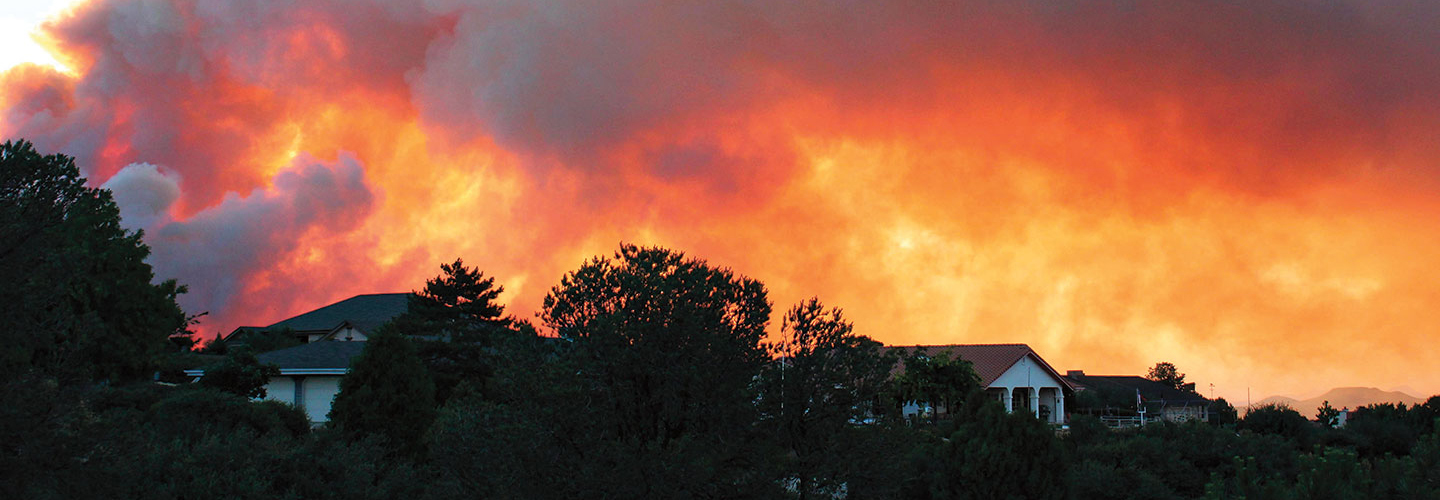During the summer of 2013, Ohio high school sophomore Savannah Cofer and her family traveled to Arizona for a hiking trip. They weren’t expecting what greeted them. “Everywhere we went, we saw wildfires,” says Savannah, now 18.
One of those blazes was among the worst firefighting disasters in U.S. history. On June 28, 2013, a bolt of lightning ignited Yarnell Hill, near the city of Prescott. Firefighters from the Prescott Fire Department’s elite Hotshot crew went to battle the flames. Wielding chainsaws, the Hotshots were clearing brush and trees to divert the fire from nearby homes. Suddenly the wind shifted. The crew found themselves trapped by a 30 meter (100 foot) wall of flames. There was no way out, and 19 firefighters lost their lives.
The tragedy shook Savannah. She wondered: Could better gear have saved the firefighters? She teamed up with three friends, and together they set out to upgrade firefighters’ uniforms—a quest that would take them all the way to the White House Science Fair in Washington, D.C.
During the summer of 2013, Savannah Cofer and her family traveled to Arizona. The Ohio high school sophomore was looking forward to this hiking trip. But her family wasn’t expecting what greeted them. “Everywhere we went, we saw wildfires,” says Savannah, now 18.
One of those blazes was among the worst firefighting disasters in U.S. history. It struck on June 28, 2013. A bolt of lightning hit Yarnell Hill, near the city of Prescott. Firefighters from the Prescott Fire Department’s crack Hotshot crew battled the flames. The Hotshots were using chainsaws to clear brush and trees. They hoped to keep the fire from nearby homes. Suddenly the wind shifted. The crew was trapped by a 30 meter (100 foot) wall of flames. There was no way out, and 19 firefighters lost their lives.
The tragedy shook Savannah. She wondered: Could better gear have saved the firefighters? She teamed up with three friends, and they set out to make better firefighters’ uniforms. Their work would take them all the way to the White House Science Fair in Washington, D.C.

